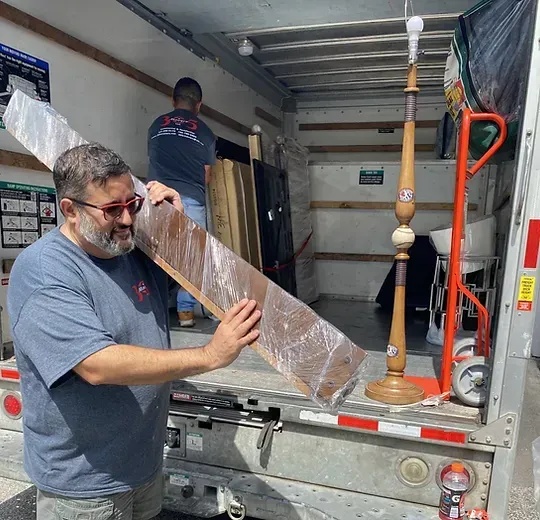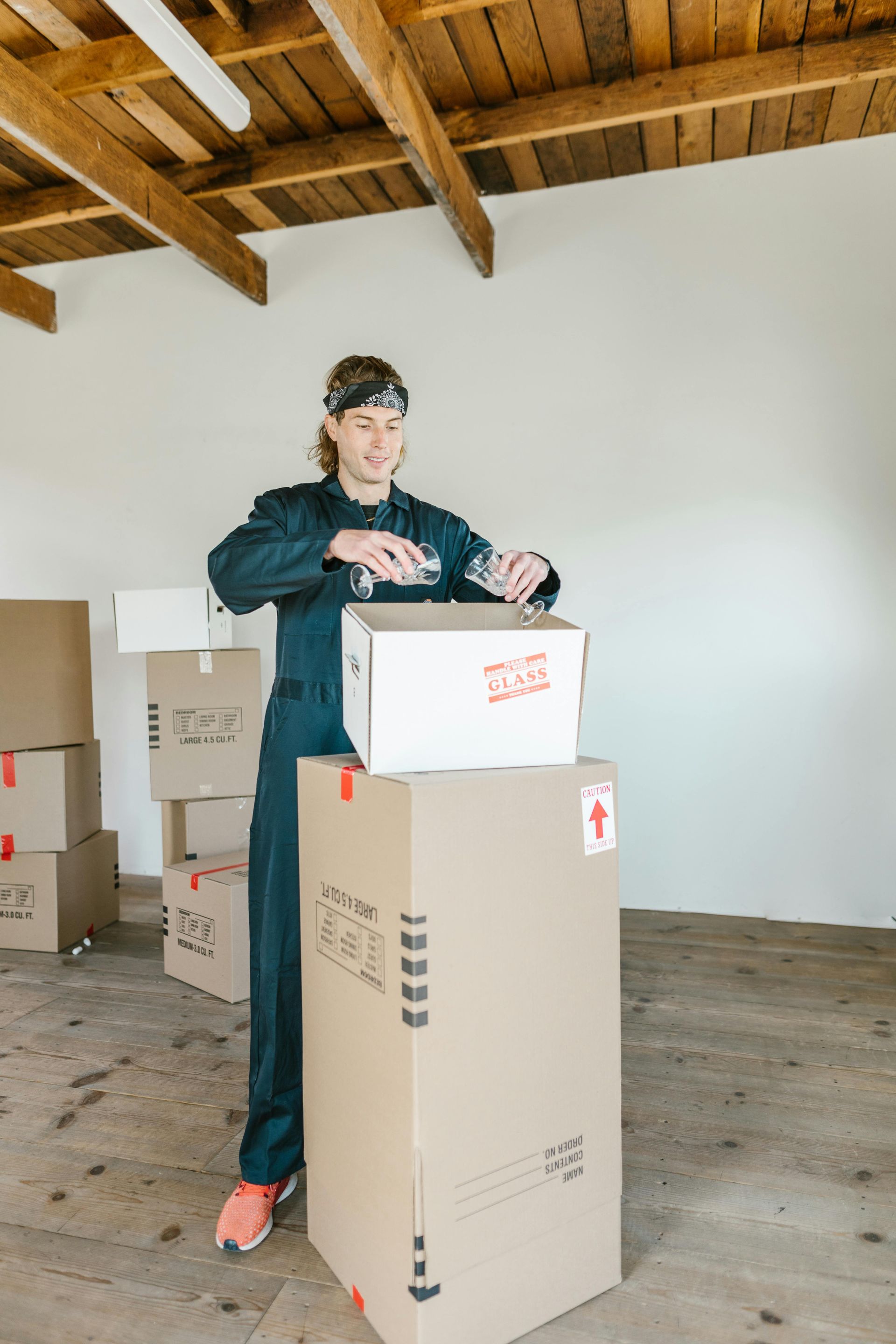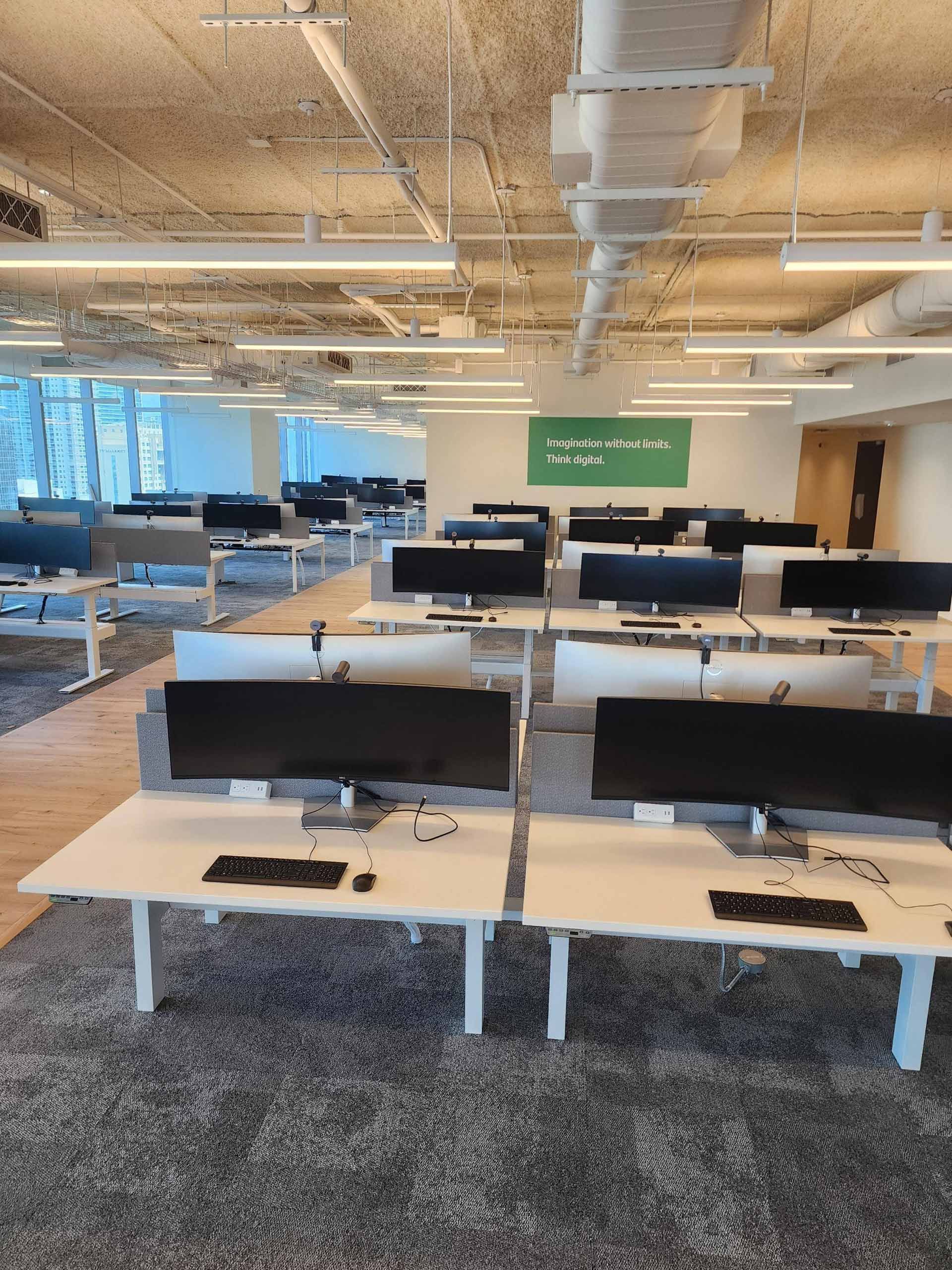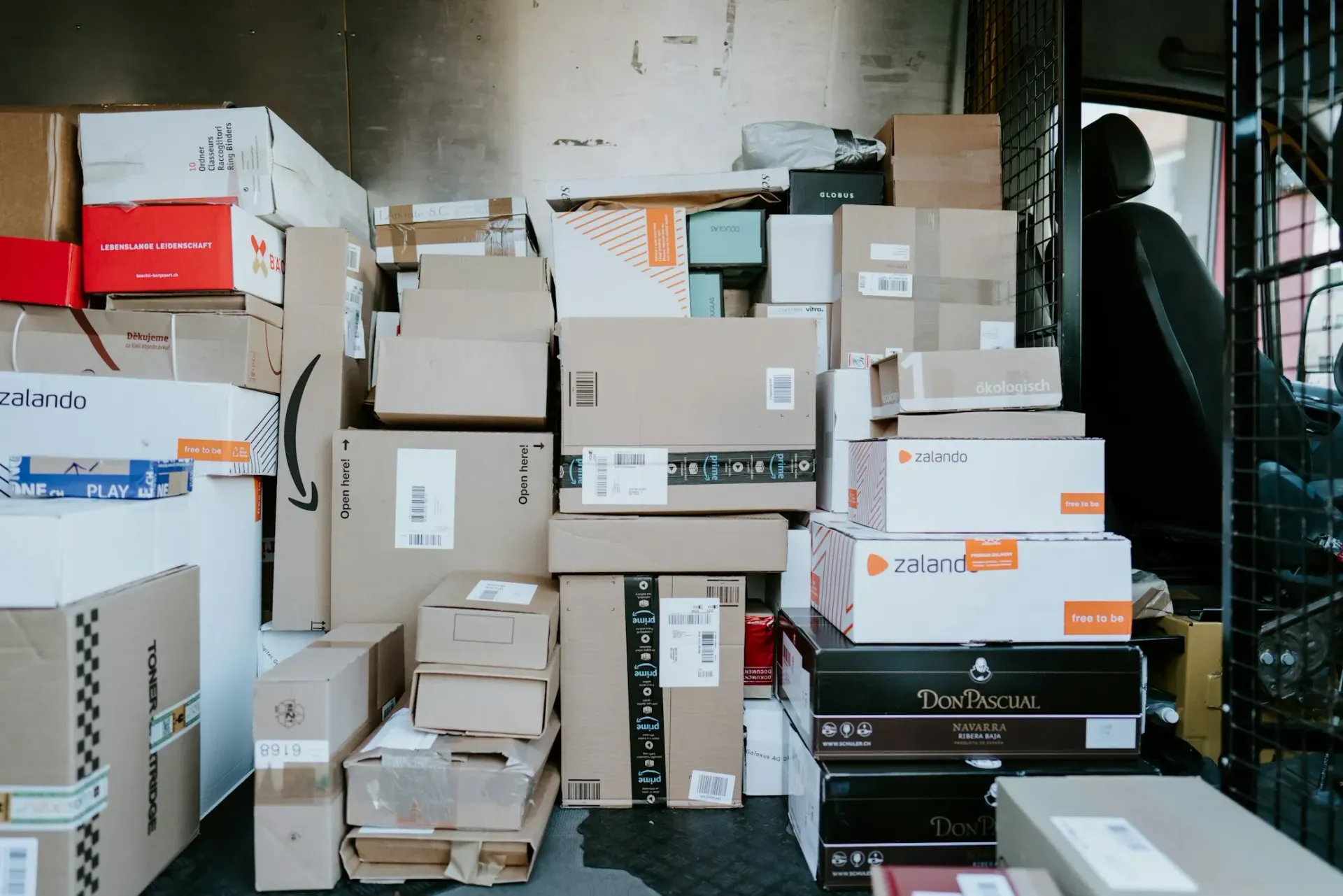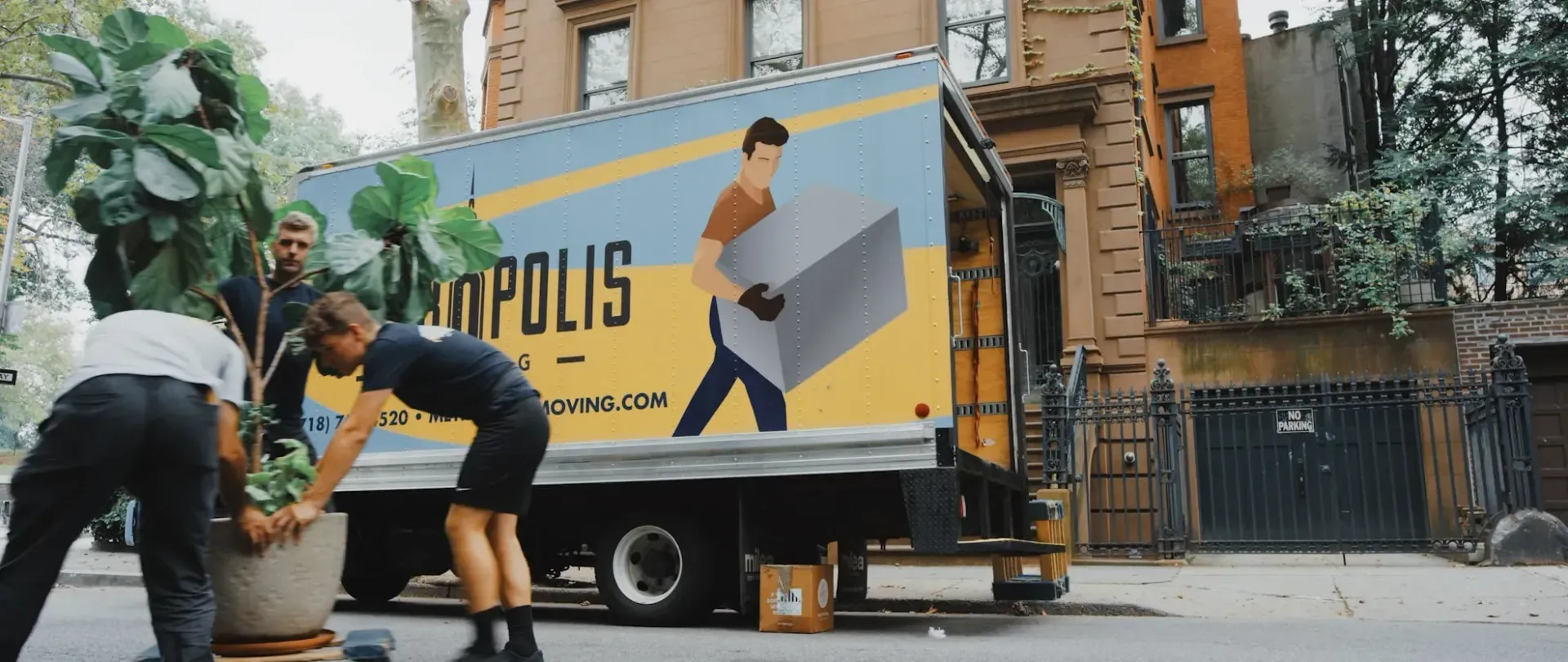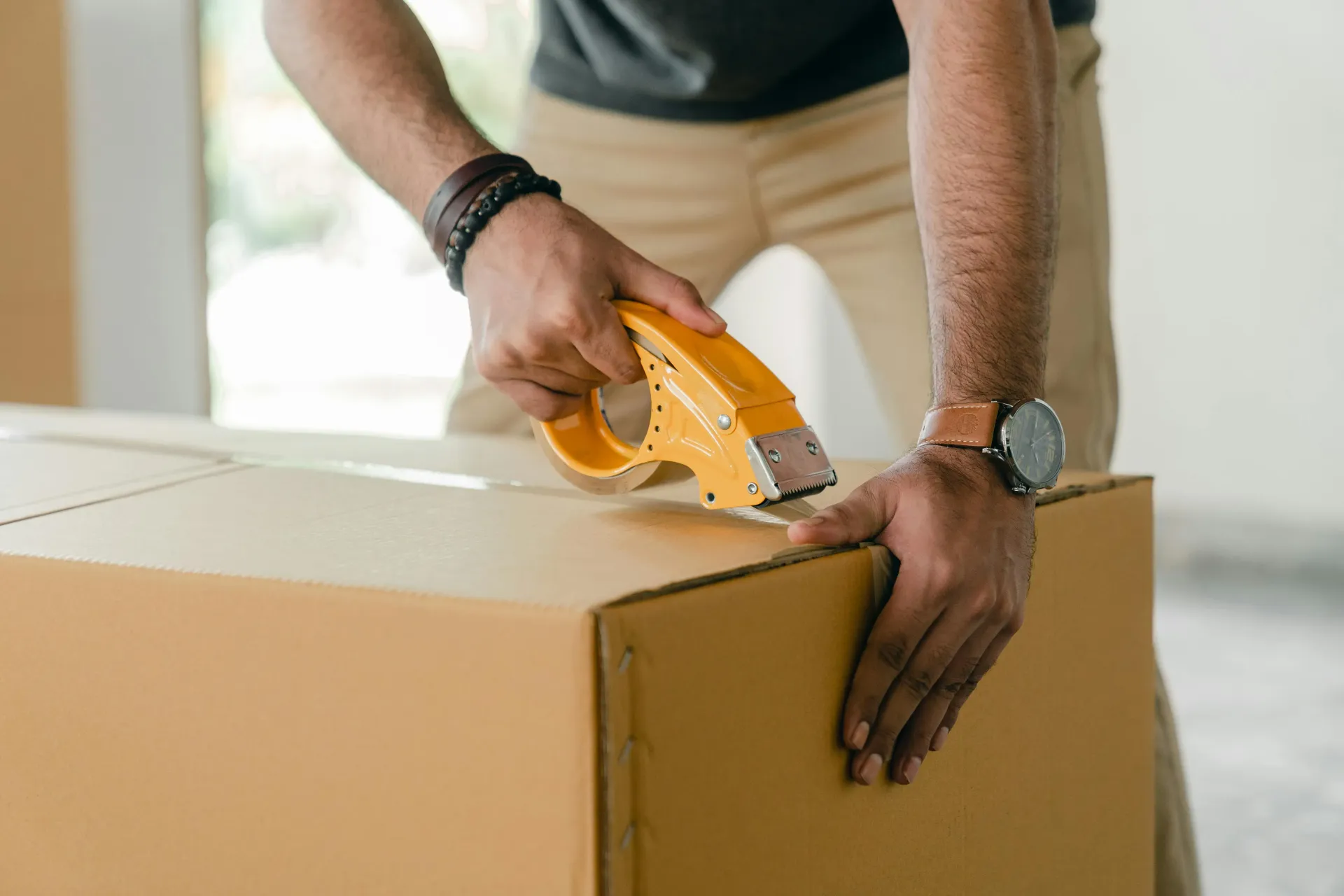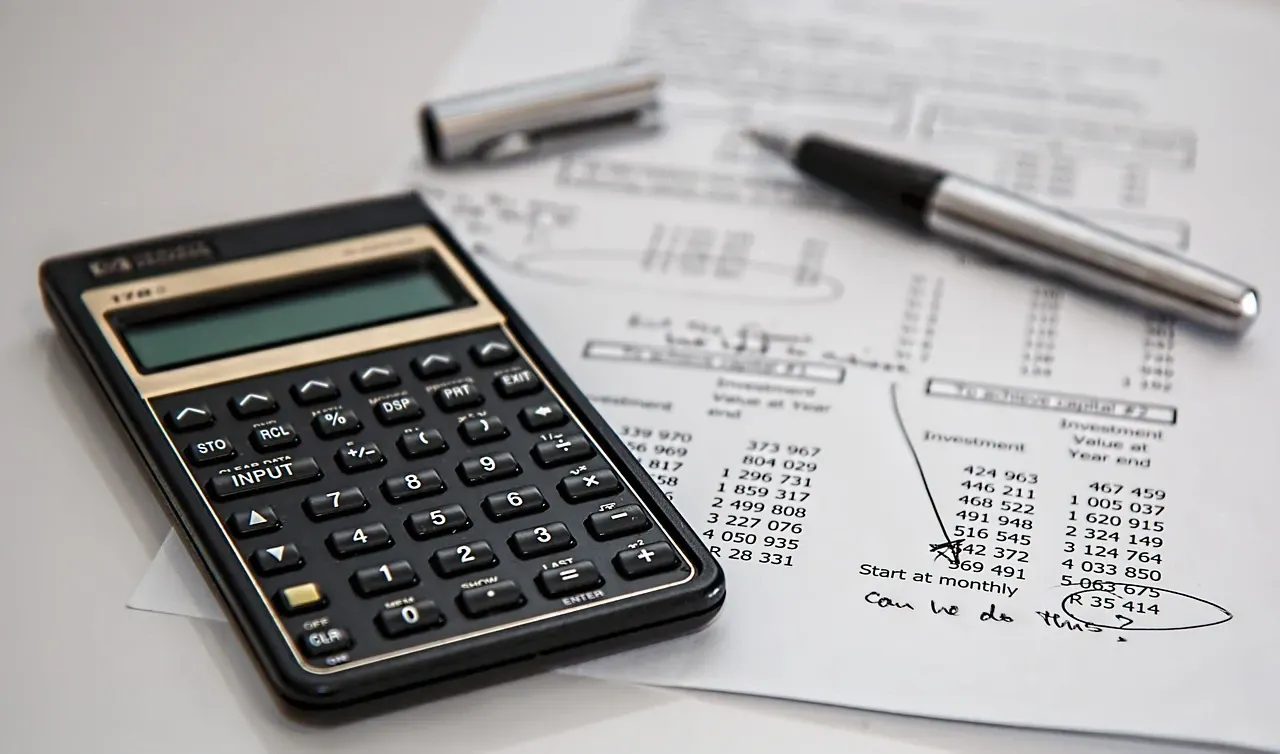Piano Movers Near Me: A Guide Ensuring Safety and Affordability
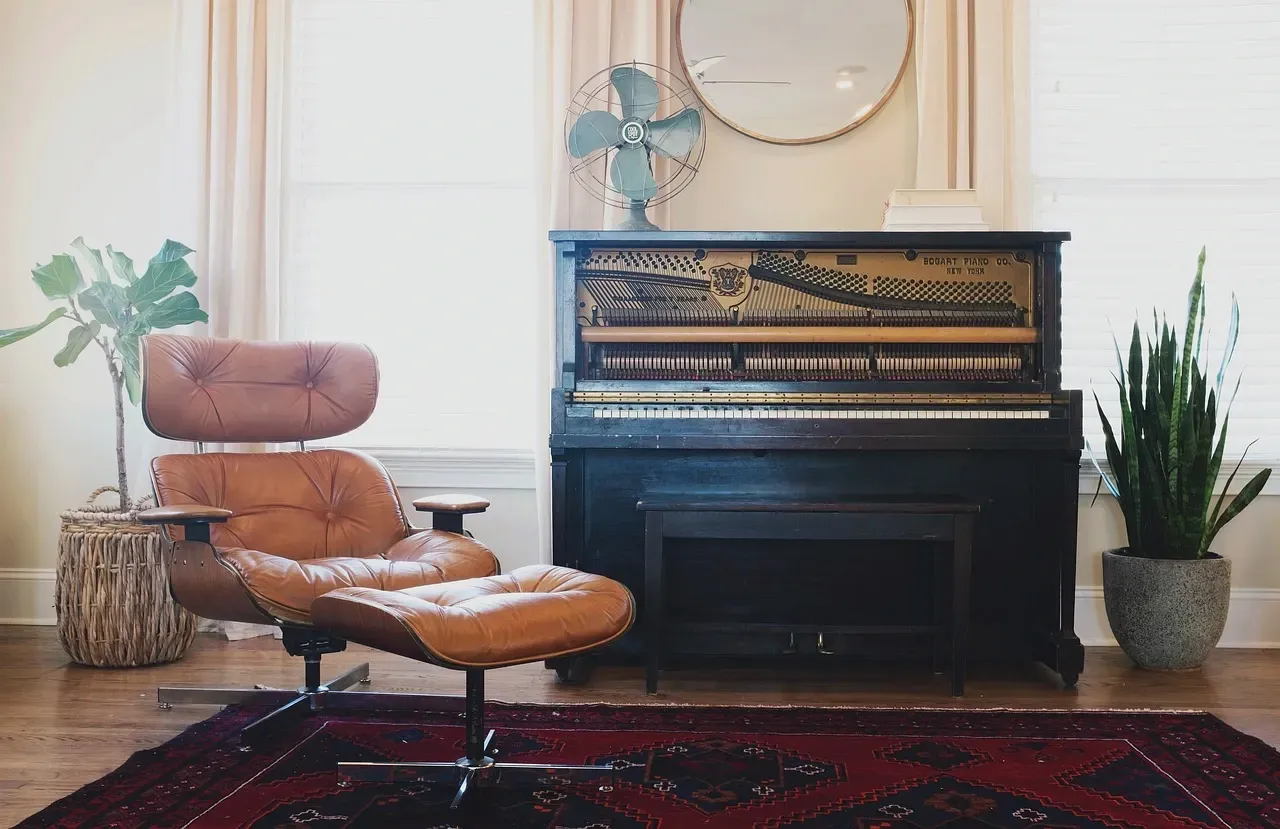
What affects the cost of piano moving?
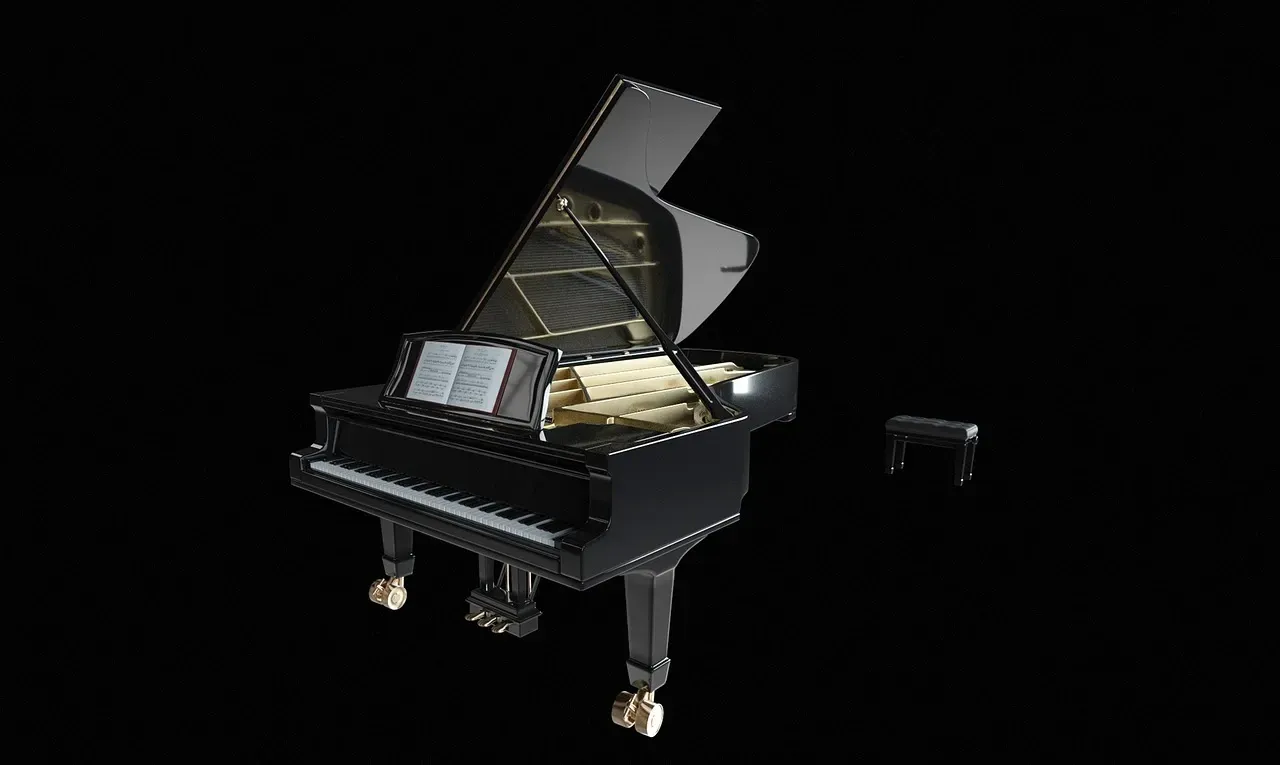
You may have wondered, “Why is piano moving so expensive?” The answer lies in several factors: piano type, distance of the move, accessibility, and additional services.
Type of Piano
Grand pianos require more effort and expertise to move compared to upright pianos, influencing the cost.
Grand Pianos
Structure: Grand pianos are large and complex, with horizontal frames and significant length. This size and structure necessitate extra care and handling.
Technique: To move a grand piano, specialized equipment such as piano boards, straps, and sometimes cranes are necessary. The disassembly and reassembly process also requires technical expertise.
Upright Pianos
Structure: Upright pianos are more compact, but their weight and awkward shape can pose significant challenges, especially in confined spaces.
Technique: Precision is key when moving upright pianos, as navigating doorways, staircases, and tight corners demands careful planning and execution.
Travel Distance
The cost difference between local and long-distance moves is notable. Local moves are usually less expensive due to shorter travel times and lower transportation costs.
Accessibility: Tricky Access Points
Difficulties such as narrow staircases, small elevators, or tight turns can add complexity and risk, thus increasing the cost due to the additional labor and equipment needed.
Additional Services
Tuning, storage, and insurance are potential add-ons to your final bill.
Tuning and Storage: After a move, pianos often require tuning. Additionally, if the piano needs to be stored, storage fees will apply.
Insurance: Opting for insurance is advisable to protect your piano against unforeseen damages during transit.
How much does it cost to move a local piano?
Local Moves: Prices usually range from $150 to $300, depending on accessibility and piano type.
Long-Distance Moves: Starting from $500, costs increase with distance, complexity, and required resources.
DIY: Can you move piano yourself?
You would have to have at least four to five other adults to help with heavy lifting, plus another set of eyes to guide you to moving the piano out of the house and into the truck. You would have to be extra careful to prevent injuries and not to damage the piano.
Risks and Challenges: Damage to the piano, property, or personal injury are significant risks. The lack of professional handling can lead to costly mistakes.
Equipment Needed: Essential tools include a piano dolly, straps, padding, and a vehicle capable of safely transporting the piano.
Cost Analysis: Although it might seem cost-effective initially, the potential for damage and personal injury often outweighs any savings.
Hiring Professional Piano Movers: Is it Worth It?
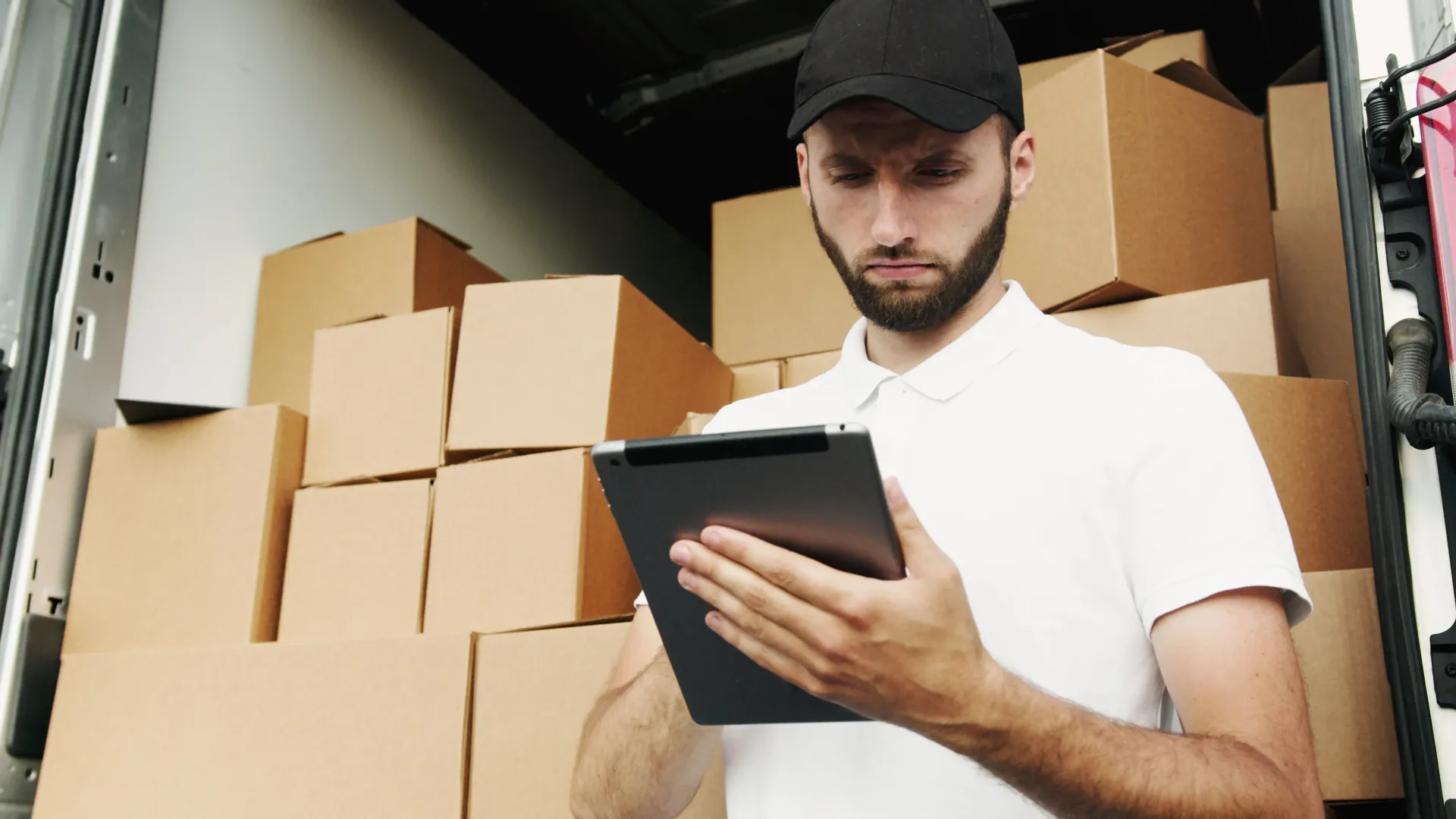
Hiring professional piano movers is not just worth it; it's a critical decision for anyone facing the task of transporting a piano. You can expect:
Expertise and Equipment
Professional movers bring experience and specialized tools, crucial for safely moving different types of pianos.
Expert Handling: Trained professionals can expertly handle logistical challenges, from tight spaces to complex disassembly and reassembly.
Appropriate Tools: Specialized tools like skid boards, dollies, and ramps are used for efficient and safe moving.
Insurance and Liability
Professional movers offer insurance options, providing coverage for your piano throughout the move.
Cost vs. Value
While hiring professionals is an investment, it ensures the safety, preserving the beauty and harmony of your piano.
Beyond mere transportation, these experts ensure the safety and integrity of your instrument, mitigating risks of damage that can lead to costly repairs or irrevocable harm.
Additionally, their services often include insurance coverage, offering peace of mind that a DIY approach can't match.
When it comes to orchestrating a smooth and seamless relocation, 305 Movers emerges as the go-to maestro in Miami, FL.
With 305 Movers, you're not just enlisting a moving service; you're partnering with a team of licensed professionals dedicated to transforming the traditionally stressful moving process into a symphony of organized and effortless transition.
Embrace the ease and confidence that comes with entrusting your moving needs to
305 Movers, where each step is finely tuned to exceed your expectations.
Call us now at 305-606-8139 for a free quote or hit the 'Get Started' button to begin your hassle-free moving experience with Miami's trusted movers.
DIY vs Professional Movers: A Comparative Overview
| Factor | DIY Moving | Professional Movers |
|---|---|---|
| Cost | Lower upfront cost, but potential for expensive damages. | Higher initial cost, but includes expertise and insurance. |
| Safety | High risk of injury and damage to the piano. | Reduced risk due to professional handling and equipment. |
| Time | Time-consuming, requiring extensive preparation. | Quick and efficient, leveraging expertise and resources. |
Preparing for the Piano Move
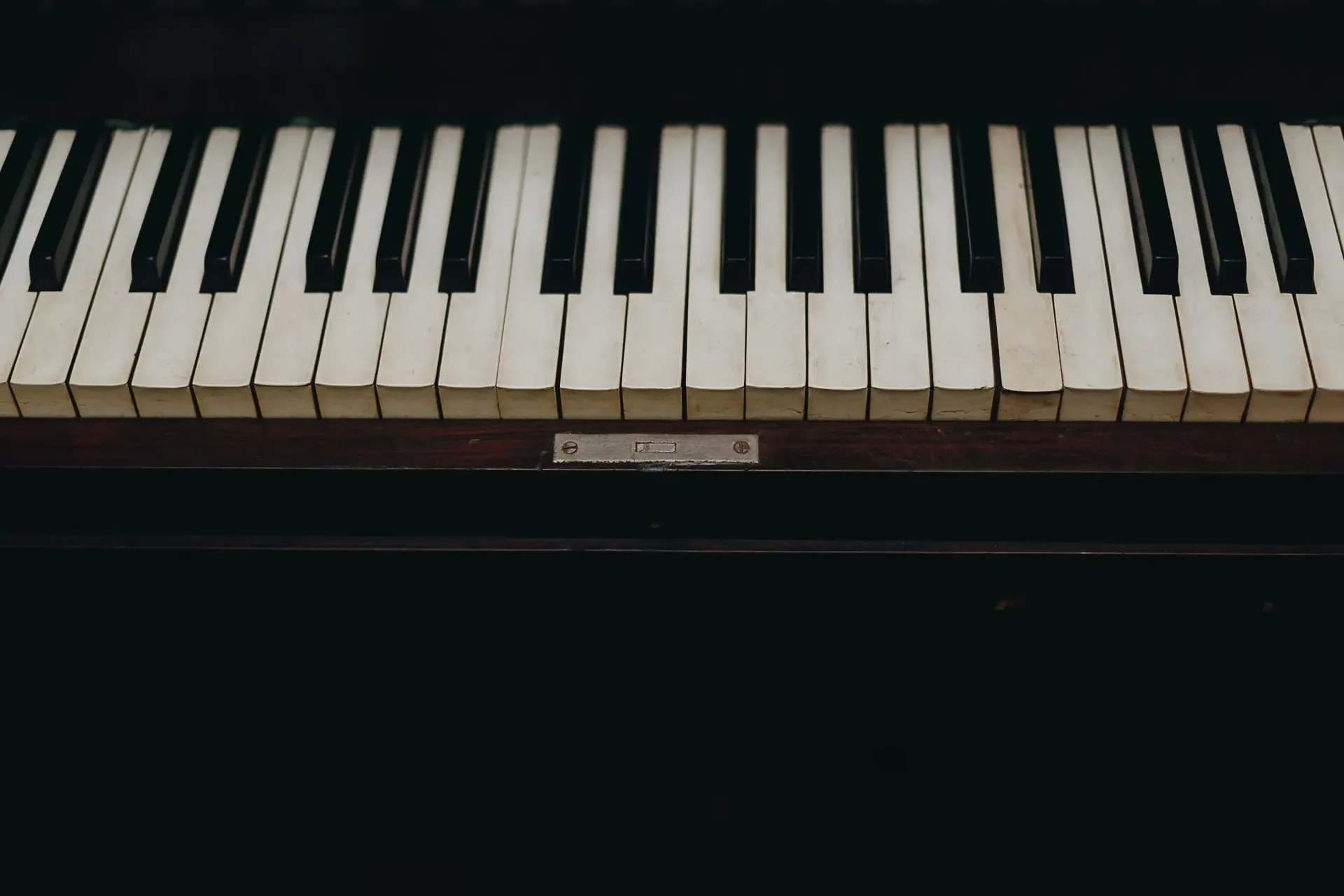
Opting for professional movers? Here’s how to prep your piano for a seamless move:
Secure the Keyboard Lid: This step is critical to protect the keys. Ensure the lid is locked or securely fastened to prevent it from opening during transit.
Proper Wrapping: Protect your piano's surface from scratches and dings. Use quality blankets and padding, wrapping the piano thoroughly. This cushioning is vital, especially for delicate wood finishes and intricate detailing.
Inform the Movers: Communication is key. Provide the movers with detailed information about your piano, including its type, size, and any special handling requirements. Additionally, inform them about access points, staircases, and doorways at both the current and new locations to aid in strategic planning.
After the Move: Piano Care and Maintenance
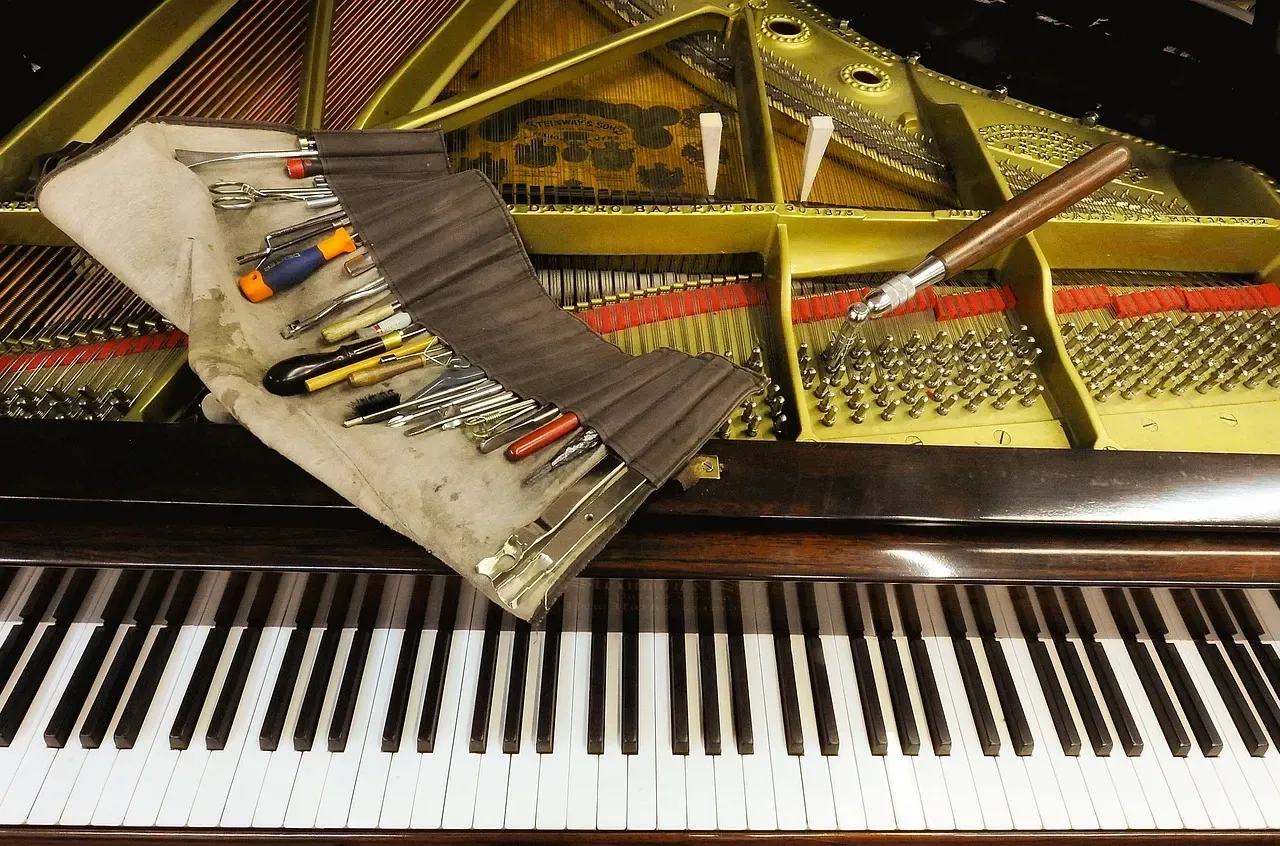
Once your piano has been safely moved, follow these steps to ensure its ongoing care:
Tuning: It’s common for pianos to go out of tune after a move due to shifts in their internal mechanisms. Schedule a tuning session with a professional soon after the move to restore its harmonious sound.
Placement: Choose the piano's new location wisely. Avoid areas near vents, direct sunlight, or windows, as these can cause adverse effects on the wood and tuning stability due to temperature and humidity fluctuations.
Regular Maintenance: To preserve the piano’s sound quality and aesthetic appeal, set up a regular maintenance routine. This should include periodic tunings, cleanings, and inspections for any potential issues.
Conclusion
Moving a piano is an intricate task, blending art and logistics. Whether undertaking a DIY move or engaging professionals, understanding the nuances of piano relocation is essential. From preparing your piano for the move to ensuring its post-move care, each step is pivotal in maintaining its quality and longevity.
By adhering to this guide, you can navigate the complexities of piano moving with confidence, guaranteeing your instrument remains a source of joy and music for years to come.


